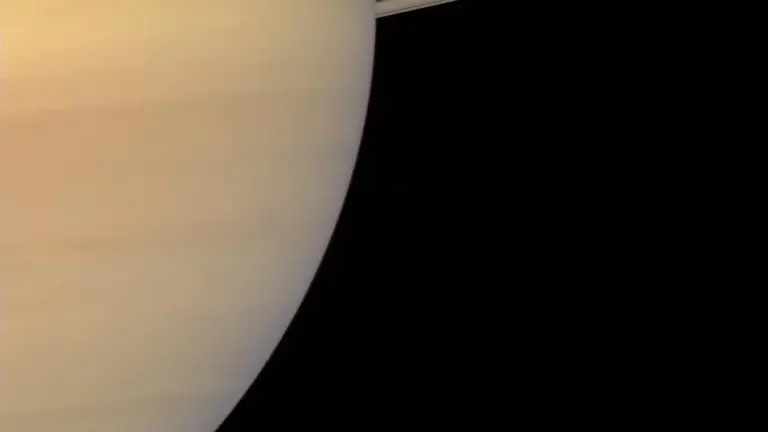Astrobiology is the scientific search for life beyond Earth. For these explorations, researchers apply many techniques, ranging from astronomical observations to studies of analog environments on Earth. Some lab members are studying microorganisms that exhibit physiologic traits that could function on the icy moons of Jupiter and Saturn or in the Martian subsurface. Results from such cultivations can guide the search for putative life on other worlds: Where is life likely to be found? How does it survive? What will the organisms leave behind as biosignatures? How can future missions (e.g., Dragonfly to Saturn’s moon Titan scheduled for launch in 2026) assess the presence or absence of life? Part of this work is also directed at understanding how these seemingly extreme settings impact the bioenergetic budgets of these organisms and what this means for their activity levels and distributions beyond Earth. We’re also involved in large NASA-funded collaboration to design, build, and deploy an In-situ Vent Analysis Divebot for Exobiology Research (InVADER) to a) characterize deep-sea hydrothermal systems, b) test mission-style operation strategies, and c) demonstrate new astrobiology technology.
Research Group
 |
 |
 |
| Doug LaRowe | Morgan Cable | Laurie Barge |
 |
 |
 |
|
Roman A
|
Heidi Aronson | Maya Yanez |





